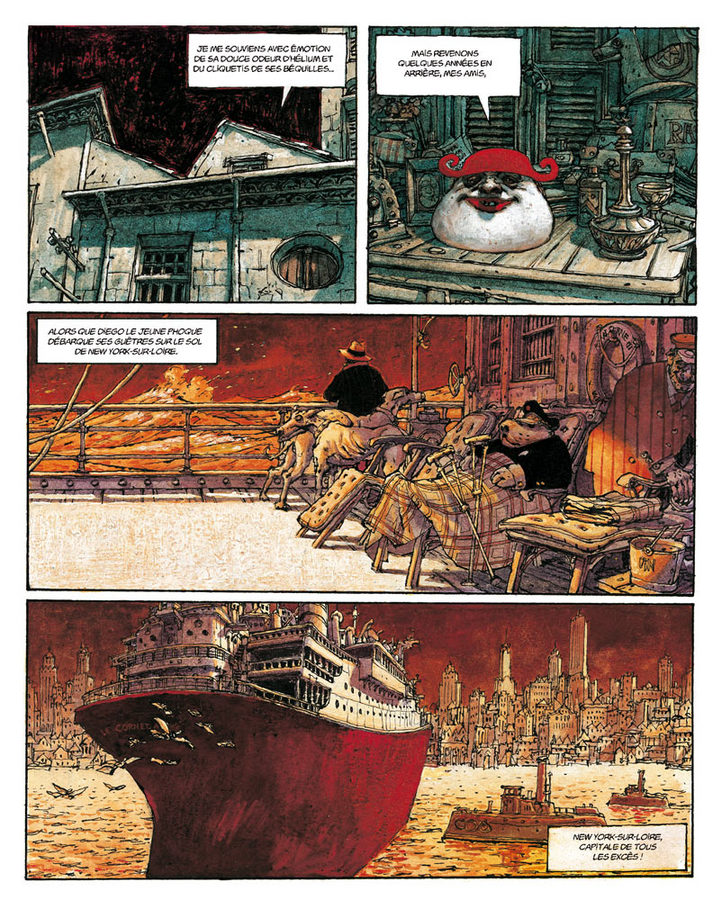
Explores state-of-the-art research and contemporary trends in illustration.Discusses the illustrator as author, intellectual and multi-disciplinarian.Considers the influence of illustration through cognition, research and cultural hypotheses.Evaluates innovative theoretical and contextual teaching and learning strategies.Topics including conceptual strategies for the contemporary illustrator, the epistemic potential of active imagination in science, developing creativity in a polymathic environment, and the presentation of new insights on the intellectual and practical methodologies of illustration.

This unique reference volume offers insights into the expanding global intellectual conversation on illustration through a compendium of readings by an international roster of scholars, academics and practitioners of illustration and visual communication.Įncompassing a wide range of thematic dialogues, the Companion offers twenty-five chapters of original theses, examining the character and making of imagery, illustration education and research, and contemporary and post-contemporary context and practice. It explores illustration’s boundaries and its archetypal distinction, the inflected forms of its parameters, its professional, contextual, educational and creative applications.

A Companion to Illustration explores the definition of illustration through cognition and research and its impact on culture.

Illustration is contextualized visual communication its purpose is to serve society by influencing the many aspects of its cultural infrastructure it dispenses knowledge and education, it commentates and delivers journalistic opinion, it persuades, advertises and promotes, it entertains and provides for all forms of narrative fiction. A contemporary synthesis of the philosophical, theoretical and practical methodologies of illustration and its future development


 0 kommentar(er)
0 kommentar(er)
